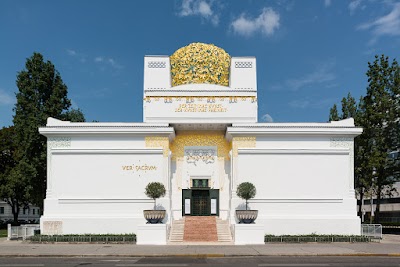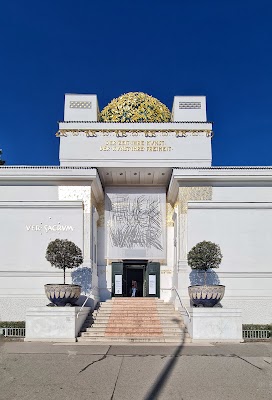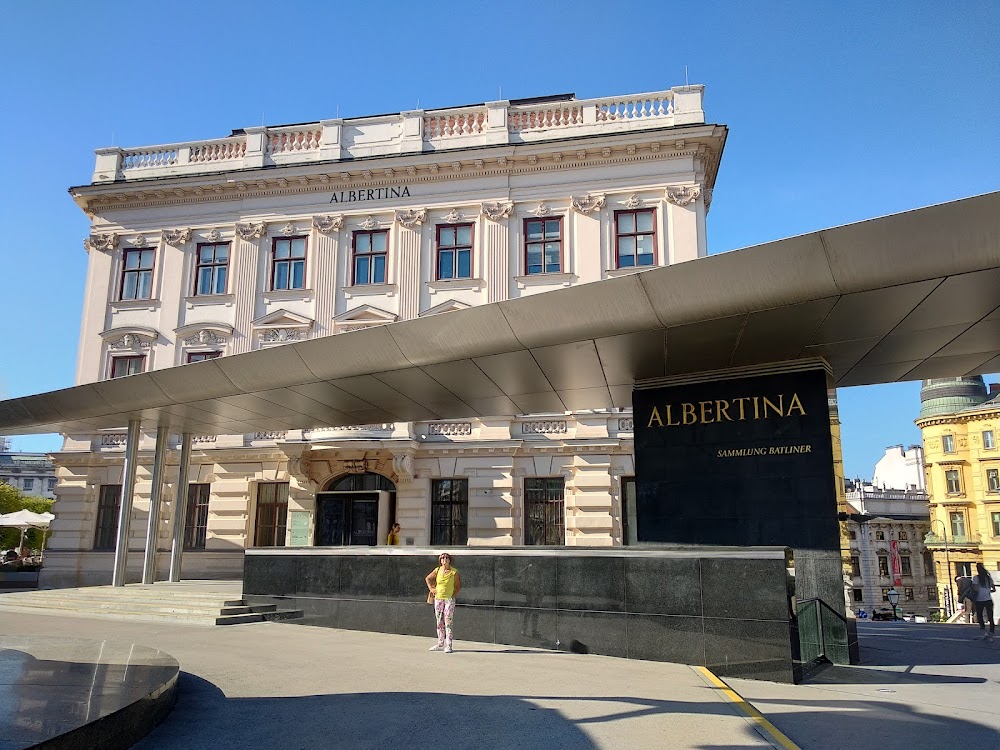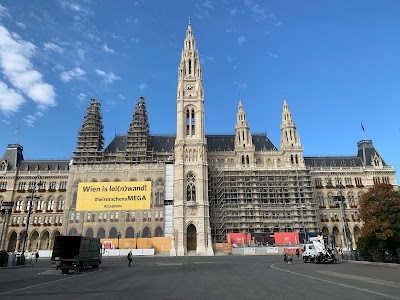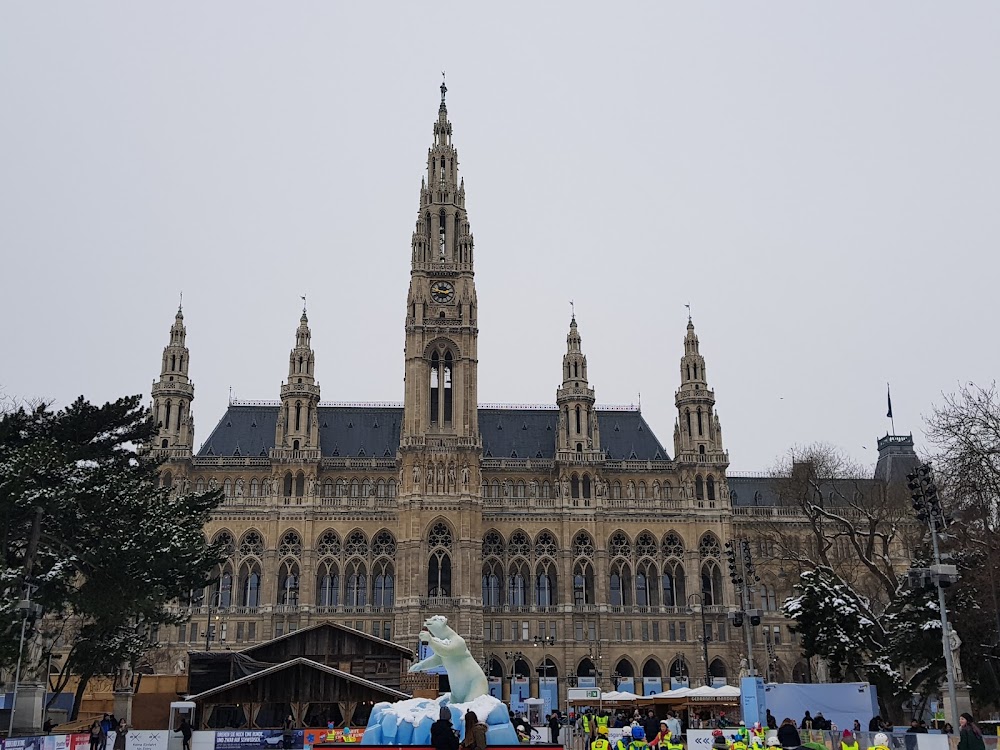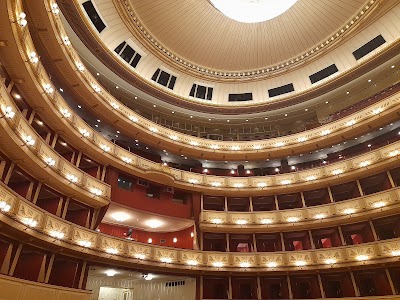Vienna Secession (Wiener Secession)
Related Places
Overview
Vienna Secession: A Symbol of Artistic Rebellion
Vienna Secession, officially known as the Secession Building (Wiener Secessionsgebäude), stands as an iconic symbol of artistic rebellion and innovation in Vienna, Austria. For any foreign tourist visiting the city, it’s a must-see that encapsulates the essence of early modernist movements and the cultural upheaval of the late 19th century. Conveniently located at Friedrichstraße 12, near the Naschmarkt and Karlsplatz, the Secession Building is easily accessible and fits seamlessly into an exploration of Vienna's rich historical landscape.
Historical Context and Artistic Vision
The history of the Vienna Secession dates back to 1897, when a group of visionary artists, architects, and designers led by Gustav Klimt decided to break away from traditional art institutions. They sought to establish a new platform that would embrace contemporary styles and ideas, free from the rigid constraints of academic art. This movement was part of the broader Art Nouveau trend sweeping Europe, which emphasized organic forms, intricate patterns, and a harmonious blend of art and everyday life.
A Masterpiece of Jugendstil Architecture
The building itself is a stunning example of Jugendstil architecture, the German-speaking world’s version of Art Nouveau. Designed by architect Joseph Maria Olbrich, it was completed in 1898 and immediately stood out with its unconventional, bold aesthetic. The elegant white façade and the shimmering golden dome of laurel leaves, affectionately known as the "Golden Cabbage," are among its most distinctive features. Above the entrance, the Secessionist motto inscribed in German reads: "To every age its art, to art its freedom," underscoring the group's commitment to artistic liberty and innovation.
The Beethoven Frieze
One of the most significant attractions within the Secession Building is Gustav Klimt's Beethoven Frieze. Created for the 14th Vienna Secessionist exhibition in 1902, dedicated to composer Ludwig van Beethoven, this monumental three-wall painting interprets Beethoven's Ninth Symphony. It explores themes of human suffering, aspiration, and the ultimate triumph of joy and love. Klimt's work is a captivating blend of symbolic and decorative styles, featuring mythological figures, swirling patterns, and gilded details that draw in visitors.
Contemporary Art and Rotating Exhibitions
Beyond Klimt's masterpiece, the Secession Building hosts rotating exhibitions that showcase contemporary art from around the globe. These exhibitions continue the Secessionist tradition of promoting new and avant-garde works, providing visitors with a dynamic and ever-changing cultural experience. The building serves as a living testament to the movement's enduring legacy and its influence on modern art and design.
A Landmark of Artistic Freedom
Interestingly, the Secession Building initially faced significant opposition from the traditional Viennese art establishment and conservative society. Many viewed its radical design and the progressive ideas it represented as threats to established norms. Despite this opposition, the Secessionists persevered, and the building eventually became a celebrated landmark, appreciated for its pioneering spirit and aesthetic beauty. Over time, it has evolved into a symbol of artistic freedom in Vienna, inspiring numerous other art movements and architectural designs worldwide.
Preservation Efforts
Another fascinating aspect of the Secession Building is its careful restoration and preservation efforts. Significant work was undertaken in the late 20th and early 21st centuries to restore the building to its original splendor, ensuring that future generations can continue to enjoy and be inspired by its unique charm and historical importance.
A Multifaceted Experience
For those visiting Vienna, a trip to the Secession Building offers a multifaceted experience. It’s not merely an encounter with a piece of art history but an exploration of bold ideas and revolutionary creativity that continue to resonate today. The building, with its landmark status, stands proudly as a testament to a time when artists dared to defy convention and explore new artistic frontiers, thus shaping the future of modern art.
Conclusion: A Cultural Gem
In summary, the Vienna Secession is a gem in the heart of Vienna that reflects the city's rich cultural and artistic heritage. Its history as a hub of innovation, combined with its striking architecture and ongoing commitment to contemporary art, makes it an essential stop for any traveler looking to delve deeper into the artistic soul of Vienna. Whether you're an art aficionado or just a casual visitor, the Secession Building promises to offer a glimpse into a pivotal moment in art history, leaving an indelible impression on all who step through its doors.


